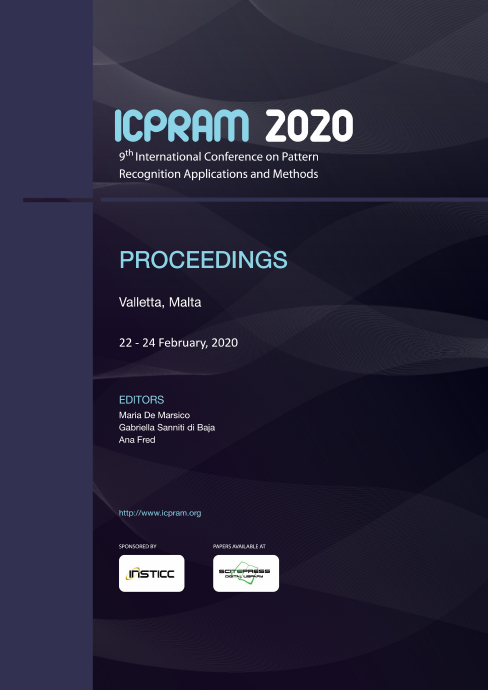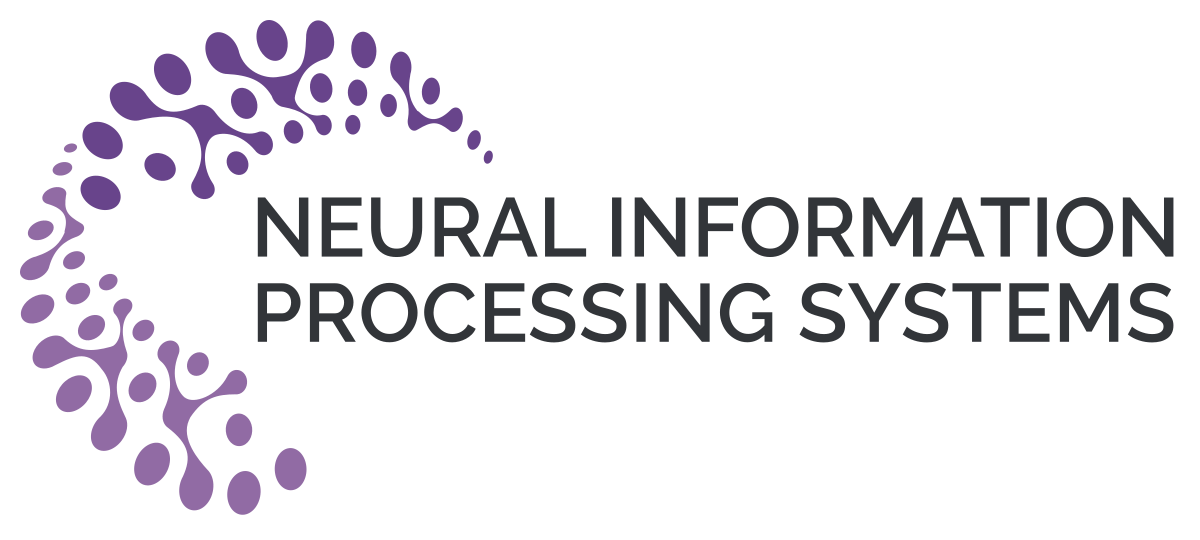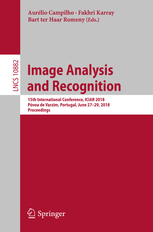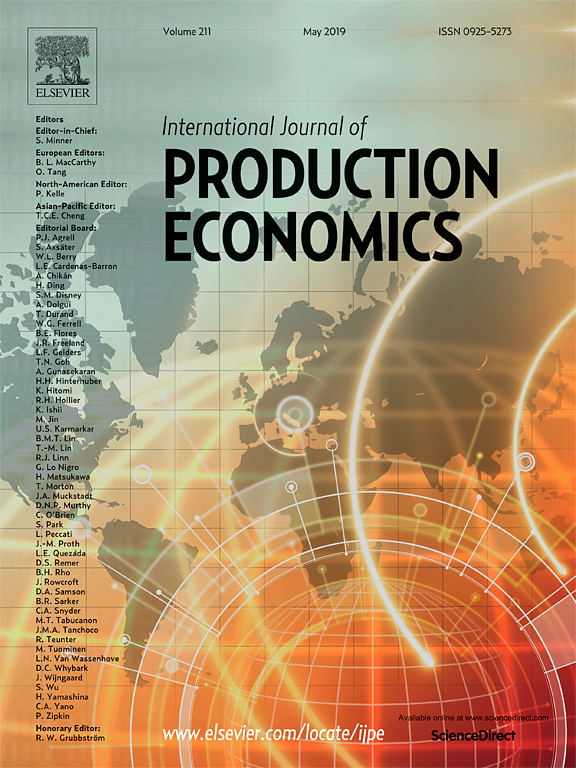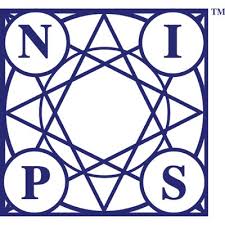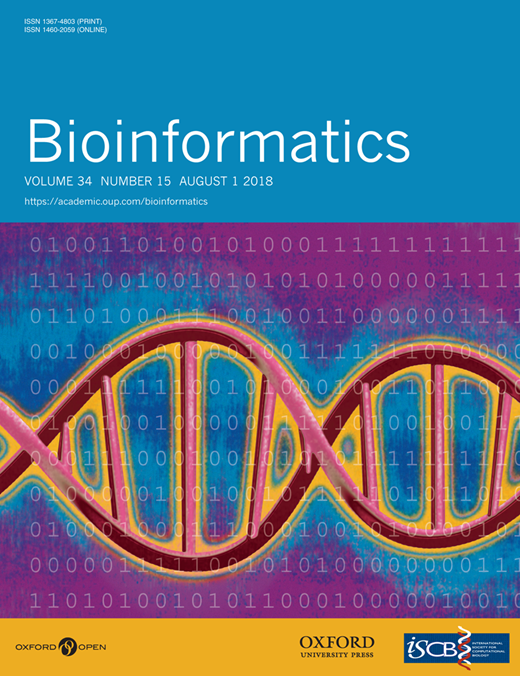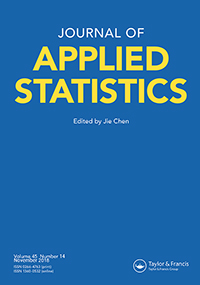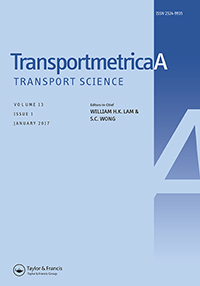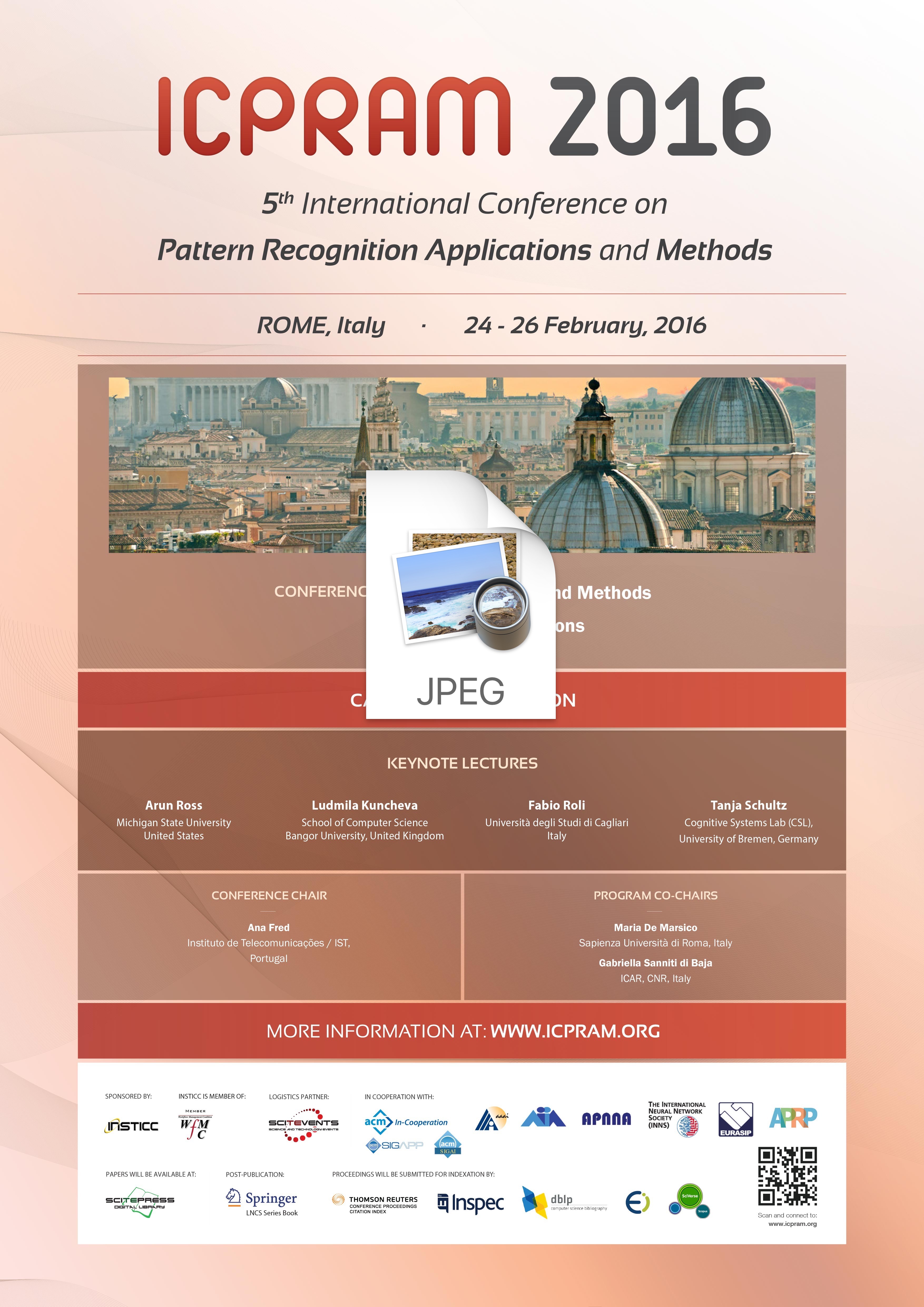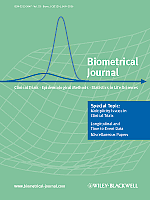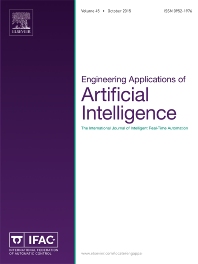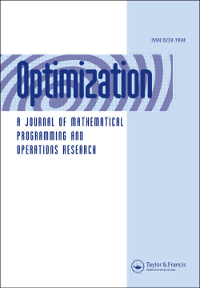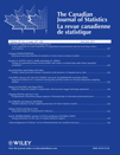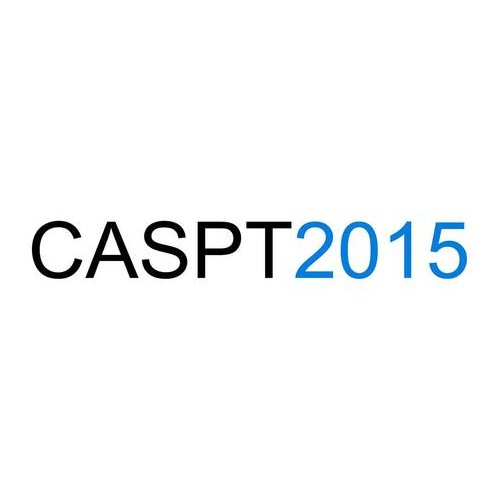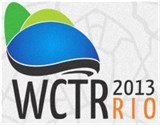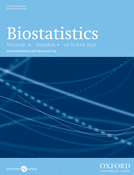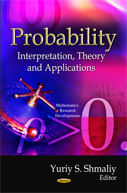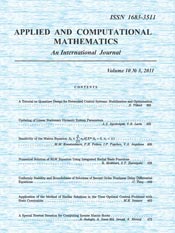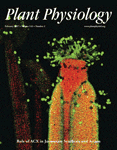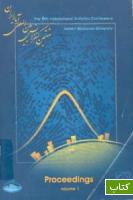Preprint
Bayesian clustering lacks a concrete convergence criterion. Here we generalize the chi-square goodness of fit statistic to apply it for Markov chains run on groupings.
Here we show Matrix Product State tensor trains are easier to train, and more appropriate for compression and inference speed up compared to Matrix Product Operator tensor trains.
We show how causal direction test statistics loses its accuracy in the presence of heterogenous data. We provide a remedy that works with unknown number of clusters.
Here we study how to initialize binary quantized neural networks, while common full-precision initializations fail.
We show how to visualize high-dimensional data properly.
We show how to use our R package to fit uplift regression models.
Published
Most studies on BatchNorm are focused on full-precision networks, and there is little research in
understanding BatchNorm affect in quantized training which we address here. We extend JCVIS in ternary case work and study binary and ternary within the same theoretical framework.
Training quantized networks is much longer than full precision. We study the geometry of back-propagation of quantized network and argue that random bias initialization speeds up their training.
We show how to speed up training by leveraging on data loaders.
We show how to train deep networks while pruning unnecessary parameters, while matching forward and backward pass through the differentiable mask.
Learning the activation function improves prediction accuracy in neural networks.
It is well-known that ternary training without BatchNorm layer is infeasible. Here we study what is the role of the BatchNorm layer in ternary quantized network.
This is an expository work that reviews existing frameworks for implementation of deep models on ARM CPU.
We show deep neural network quantization using our regularizer, and our sign-swish activation beats state of the art compressed networks.
The foothill function can be regarded as a regularizer, as a quantizer, as a loss function, or even defines a class of flexible distributions.
We demonstrate a simple search beats the state of the art deep learning architectures for demosicing problem.
We demonstrate how to gather data efficiently for optical fiber amplifiers.
Pareto frontiers in Data Envelopment Analysis (DEA) are treated as deterministic. Data come from a random distributin. Here we show how to adapt the deterministic concepts to the stochastic version.
Pareto frontiers in Data Envelopment Analysis (DEA) are treated as deterministic. Data come from a random distribution. Here we show how to adapt the deterministic concepts to the stochastic version.
Here we show how to modify the objective function in back-propagation to quantize deep neural networks into one bit with a scaling factor using a quasi convex base.
Here we develop clustering of functions observed with noise.
This work shows how stacked generalization increases prediction power on pregnancy data.
This work develops a statistical pattern recognition method as a tool for odor prediction.
This work is an intuitive visual map from a binary vector into a three-dimensional clock-like three-dimensional space to reveal the underlying temporal pattern of public transit users.
This is the extended version of the ICPRAM paper with some discussions about the computational complexity of our online outlier detection algorithm.
How do we predict odors? It seems easy at the first sight, since odor and chemicals are closely related, but
a mixture of several chemicals changes the odor perception. Sensors data are often unreliable. Here we describe and automatic method to validate the sensors data.
Dendrogram is a visualization tool to demonstrate evolution of data groupings. We generalized dendrogram to forestogram.
We develop a new version of a the random forest to predict the flight crew absence of airlines.
Data envelopment analysis is a widely used technique for computing the relative efficiency over decision making units.
It turns out that the frontier of the envelop
is composed of two sort of facets, strong facts and weak facets. We developed a theory for characterizing the weak facets of the envelop and provided
a mixed-integer programming that computes all of them.
We show how uncertainty can be quantified using Monte Carlo method in life cycle data analysis.
We show that a simple Bayesian variable selection adapted for classification and clustering
is comparable with many sophisticated exisiting variable selection methods.
We discuss complex challenges in public transport data mining and resolve some of the issues with simple tricks.
We discuss different methods for analyzing temporal data in public transport.
We reviewed algorithms that could be applied as a tool in virtual metrology.
Our simulation shows the neural networks regression is a strong candidate.
Elastic Net penalty is an effective tool for variable selection
in linear regression. This work generalizes the elastic net regularization penalty. We suggest a Bayesian perspective for estimation of the
regularization constant.
Repeatability and Reproducability, called R&R, are minimum requirments of a measurement system.
A test of R&R is often required as an improtant part of statistical process control. Here we show that Pearson statistic can be used in order to build a
formal statistical test of repeatability and reproducability for a pass-fail inspection measurement.
We discuss various challenges in public transport data analysis. We show various handy tricks to analyze complex public transport data.
Testing multiple variance components is a non-standard, important, and a difficult problem with a lot of applications in biology, medicine, ecology and many others.
Here we propose a permutation test based on a simple test statistic. This work introduces a methodology for testing even a subset of variance components with zero.
We show how Bayesian clustering with variable selection can be done using our package bclust.
The bclust package implements a new Bayesian framework for variable selection in high-dimensional clustering.
We show how a hierarchical tree can be extracted from random samples of groupings. We also explain the ideas using one of our R packages published on CRAN.
We show metabolite fingerprinting
is an effective method of classification forward genetic mutants of Arbidopsis Thaliana.

